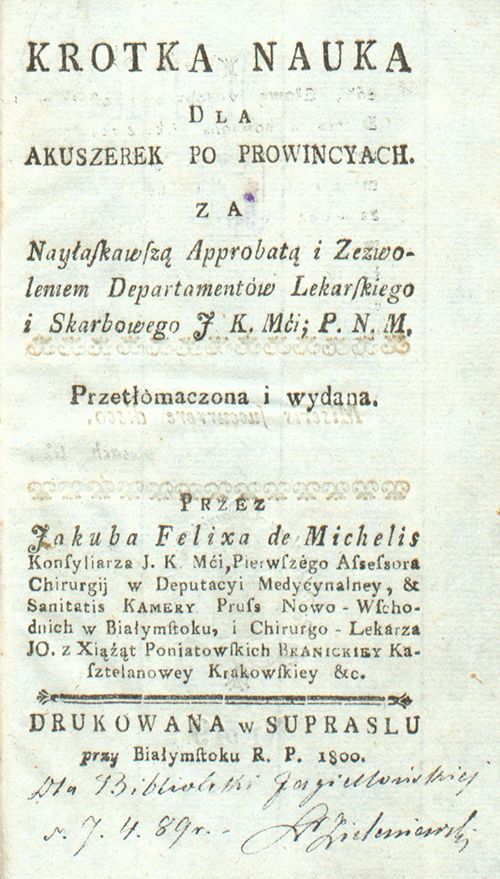 The history of the Medical University of Bialystok is a continuation of the 18th century medical practice and public healthcare traditions of Bialystok. A Palace midwifery school operated in Bialystok at the time, later transformed into the Institute of Obstetrics (among the very few in Poland), formally opened by Dr. Jakub Michelis in the 19th century. The Institute encompassed a clinic for outpatient healthcare and for teaching purposes.
The history of the Medical University of Bialystok is a continuation of the 18th century medical practice and public healthcare traditions of Bialystok. A Palace midwifery school operated in Bialystok at the time, later transformed into the Institute of Obstetrics (among the very few in Poland), formally opened by Dr. Jakub Michelis in the 19th century. The Institute encompassed a clinic for outpatient healthcare and for teaching purposes.The university was officially founded in 1950 as the tenth Doctors Academy in Poland and it was
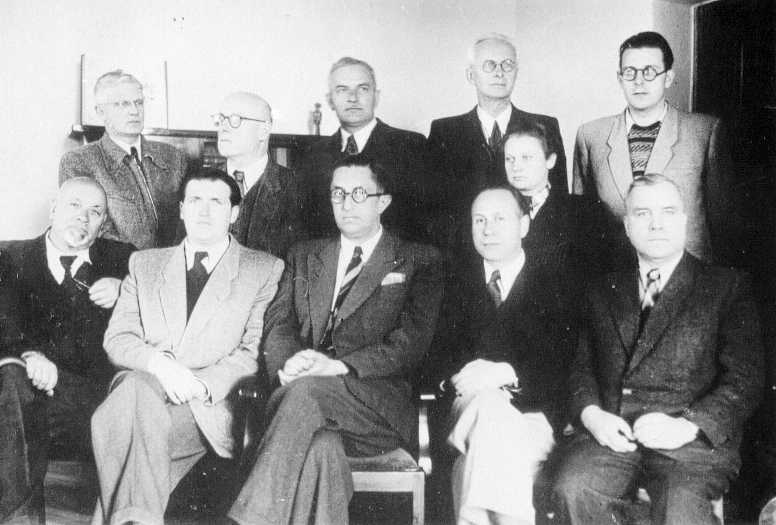 soon renamed to become the Medical Academy. The Branicki Palace became the main seat of the newly established institution. The first Rector of the Medical Academy of Bialystok, Tadeusz Kielanowski, was a member of the Lviv community. Many academic teachers were pre-war professors and graduates of universities in Vilnius, Cracow, Poznan, Warsaw and Lublin.
soon renamed to become the Medical Academy. The Branicki Palace became the main seat of the newly established institution. The first Rector of the Medical Academy of Bialystok, Tadeusz Kielanowski, was a member of the Lviv community. Many academic teachers were pre-war professors and graduates of universities in Vilnius, Cracow, Poznan, Warsaw and Lublin.168 students began their studies at the Faculty of Medicine. Most theoretical study departments were located in a building adjacent to the palace, now the Collegium Primum and formerly a Teacher Training College. The buildings originally donated to the university
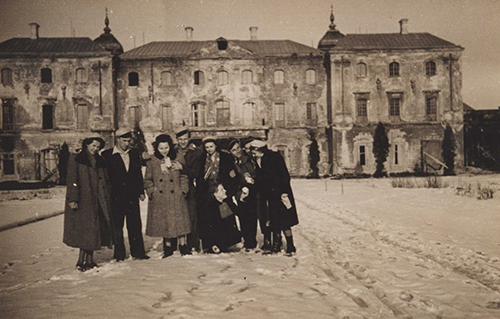 were destroyed in 1944 and their reconstruction began after World War II. When the Medical Academy was founded, even the professors and students helped rebuild and renovate the damaged buildings. Hospitals that were operating in Bialystok at the time, which
were destroyed in 1944 and their reconstruction began after World War II. When the Medical Academy was founded, even the professors and students helped rebuild and renovate the damaged buildings. Hospitals that were operating in Bialystok at the time, which 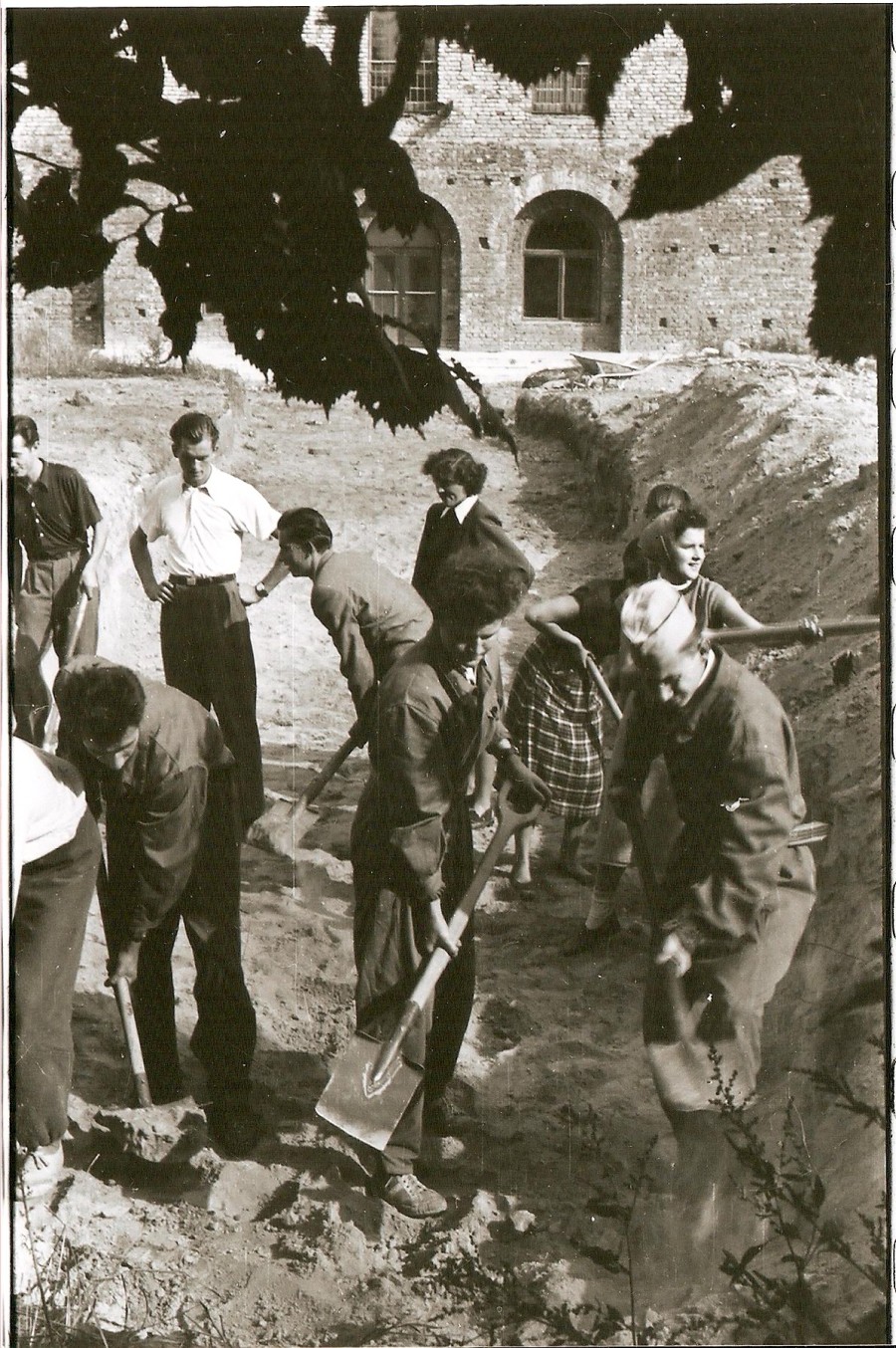 survived the war, became the clinical base for the new university.
survived the war, became the clinical base for the new university.In 1951, the University got its authorization to award the Doctor of Medical Science degree. In 1955, the first students graduated from the Faculty of Medicine and were awarded Medical
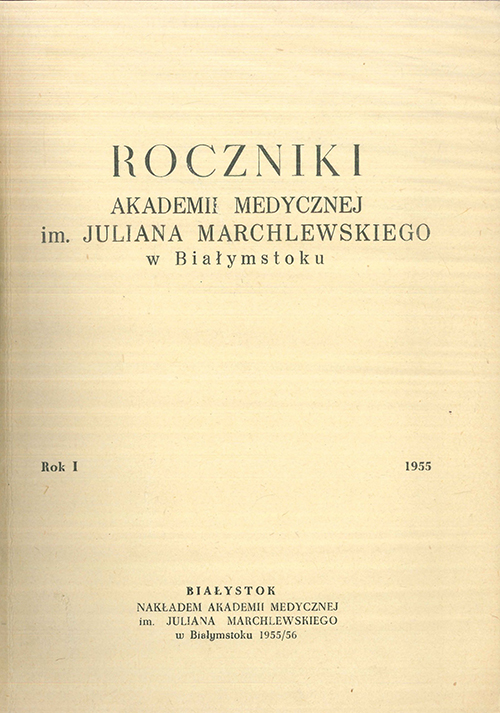 Doctor degrees. In the same year, the first issue of a scientific journal Roczniki Akademii Medycznej w Białymstoku, which is still in circulation under a changed title Advances in Medical Sciences.
Doctor degrees. In the same year, the first issue of a scientific journal Roczniki Akademii Medycznej w Białymstoku, which is still in circulation under a changed title Advances in Medical Sciences.The first ten years of the Medical Academy culminated with a considerable success in 1960, when three graduates of the Faculty of Medicine were awarded a Doctor of Medical Science degree for the first time. A year later, the first postdoctoral degree award procedures were completed.
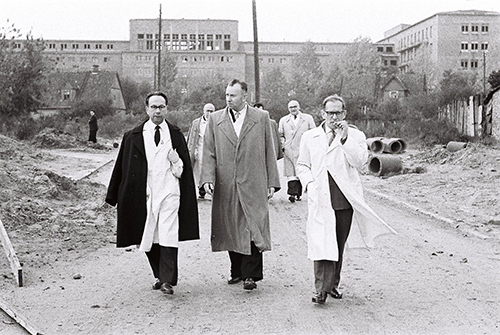 In 1962, the State Teaching Hospital of the Medical Academy of Bialystok was opened. Initially, the Medical Academy offered only one faculty of study - the Faculty of Medicine. In 1969, the range of the University’s academic interest was extended with the new Division of Dentistry. Eight years later, another faculty was opened: the Faculty of Pharmacy with the Division of Medical Analytics (currently the Faculty of Pharmacy with the Division of Laboratory Medicine).
In 1962, the State Teaching Hospital of the Medical Academy of Bialystok was opened. Initially, the Medical Academy offered only one faculty of study - the Faculty of Medicine. In 1969, the range of the University’s academic interest was extended with the new Division of Dentistry. Eight years later, another faculty was opened: the Faculty of Pharmacy with the Division of Medical Analytics (currently the Faculty of Pharmacy with the Division of Laboratory Medicine).In 1987, the first child conceived through in-vitro fertilization in Poland was born at the Institute of Obstetrics and Gynaecology. In the following year, the Children’s Clinical Hospital began admitting patients. The first kidney transplant in Bialystok was performed in 1989.
In 1999, the Collegium Novum was opened and a Division of Nursing was created at the Faculty of Medicine. In 2003, this division was transformed into the Faculty of Nursing and Health Care (currently the Faculty of Health Sciences).
Many new departments, clinics and laboratories were opened in the following years.
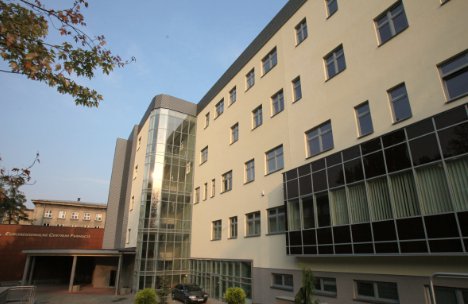 At the beginning of the academic year 2011-2012, two new buildings for academic and research purposes were opened: The Euroregional Pharmacy Centre, and the centre of the Faculty of Health Sciences.
At the beginning of the academic year 2011-2012, two new buildings for academic and research purposes were opened: The Euroregional Pharmacy Centre, and the centre of the Faculty of Health Sciences.The year 2008 was a milestone year for the university, as the act of renaming the Medical Academy of Bialystok to Medical University of Bialystok came into effect on March 22nd. The new University status was assigned to the school as a response to the challenges of the contemporary era and as an accurate
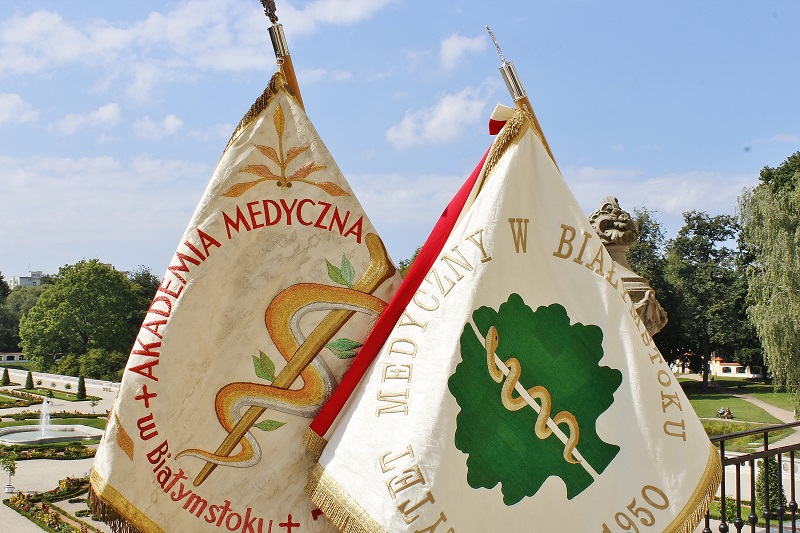 representation of the teaching models and research advancement.
representation of the teaching models and research advancement.Nowadays, the Medical University of Bialystok is among the most rapidly growing medical schools in Central and Eastern Europe. It has been implementing its innovative research policy for years.
The MUB is a precursor and leader in innovative large-scale research, including innovative techniques for the development of artificial intelligence in medicine, genomics, proteomics, metabolomics, radiomics and bioinformatics. The first Artificial Intelligence Centre in Medicine in Poland was opened at the MUB, with its operations based on the generation of high quality complex data sets from patients with lifestyle diseases. The MUB is a leader in high quality biobanking of biological material from patients suffering from lifestyle diseases. The MUB is a leader in high quality biobanking of biological material from patients suffering from lifestyle diseases. It is running an innovative cohort study, targeting 10k residents of Białystok (the “Białystok Plus” study). In cooperation with the
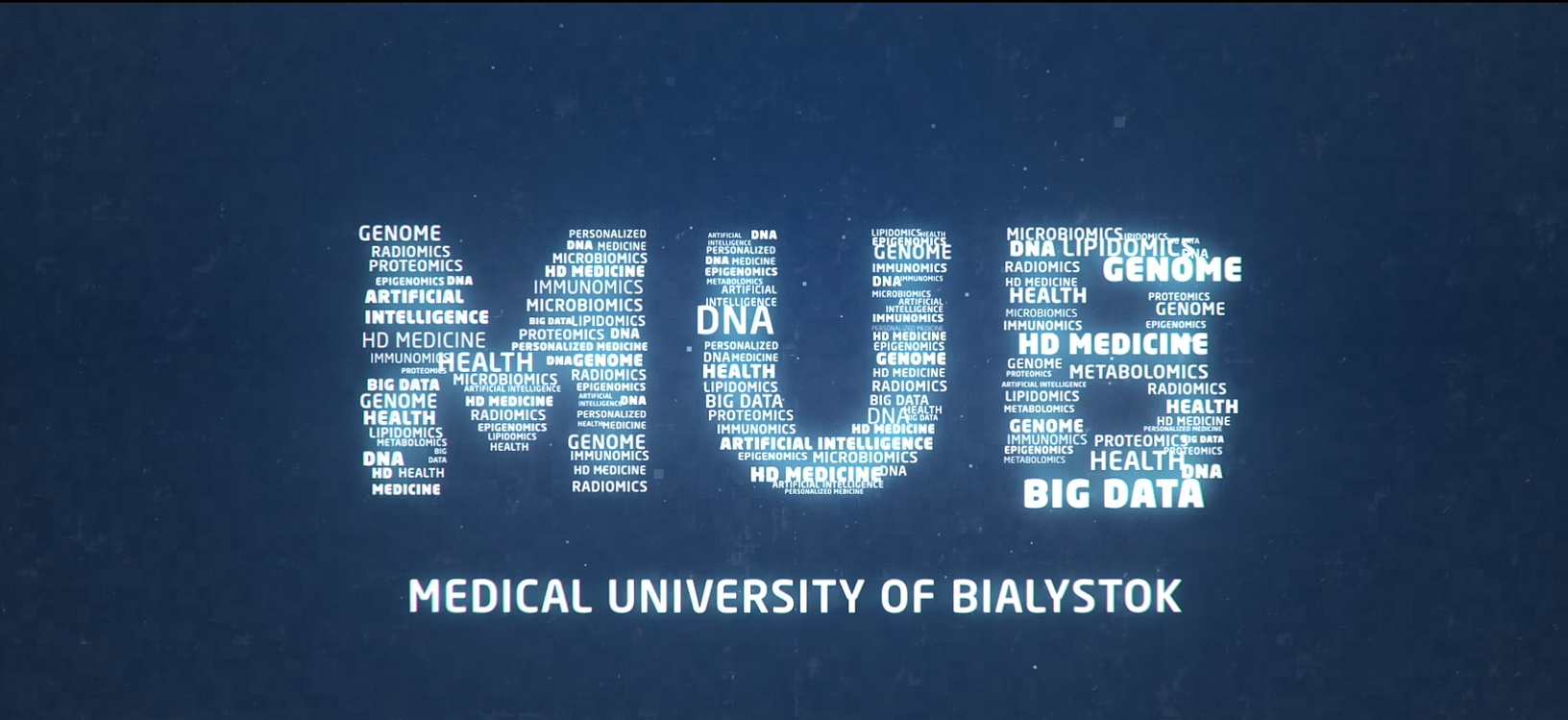 National Centre for Research and Development, the Medical University of Bialystok implements unique research programs in the field of personalized medicine and lifestyle diseases. One of them is a project to create a reference biobanking model and a service supporting diagnosis and treatment of early stages of non-small cell lung carcinoma (MOBIT). The project deliverable was a unique database containing the results of full genome sequencing of several hundred patients with non-small-cell lung carcinoma. Another project is aimed at the development of an innovative VAMP (Voice Analysis for Medical Professionals) computer diagnostic system, which can contribute to early detection of lifestyle diseases, mental disorders and neurodegenerative changes. Now medical diagnostics can be initiated not only at a personal visit at a doctor’s office, but also during a phone call. The University strongly emphasizes teamwork among outstanding scholars in the most innovative research areas, with the participation of foreign partners. A project contracted by the Foundation for Polish Science under the TEAM program was aimed at clarifying the role of intramuscular lipid accumulation in the induction of muscular insulin resistance. The research will allow to determine the influence of individual lipid groups on the activity of the insulin pathway. Then it will be possible to discover the critical nodes of the insulin pathway, deteriorating through accumulation of intramuscular lipids. The project deliverables will be a knowledge base for definition of new objectives in the treatment of insulin resistance and type 2 diabetes.
National Centre for Research and Development, the Medical University of Bialystok implements unique research programs in the field of personalized medicine and lifestyle diseases. One of them is a project to create a reference biobanking model and a service supporting diagnosis and treatment of early stages of non-small cell lung carcinoma (MOBIT). The project deliverable was a unique database containing the results of full genome sequencing of several hundred patients with non-small-cell lung carcinoma. Another project is aimed at the development of an innovative VAMP (Voice Analysis for Medical Professionals) computer diagnostic system, which can contribute to early detection of lifestyle diseases, mental disorders and neurodegenerative changes. Now medical diagnostics can be initiated not only at a personal visit at a doctor’s office, but also during a phone call. The University strongly emphasizes teamwork among outstanding scholars in the most innovative research areas, with the participation of foreign partners. A project contracted by the Foundation for Polish Science under the TEAM program was aimed at clarifying the role of intramuscular lipid accumulation in the induction of muscular insulin resistance. The research will allow to determine the influence of individual lipid groups on the activity of the insulin pathway. Then it will be possible to discover the critical nodes of the insulin pathway, deteriorating through accumulation of intramuscular lipids. The project deliverables will be a knowledge base for definition of new objectives in the treatment of insulin resistance and type 2 diabetes.The university has a modern research and teaching base, well-equipped facilities and laboratories, including the Experimental Medicine Centre (with
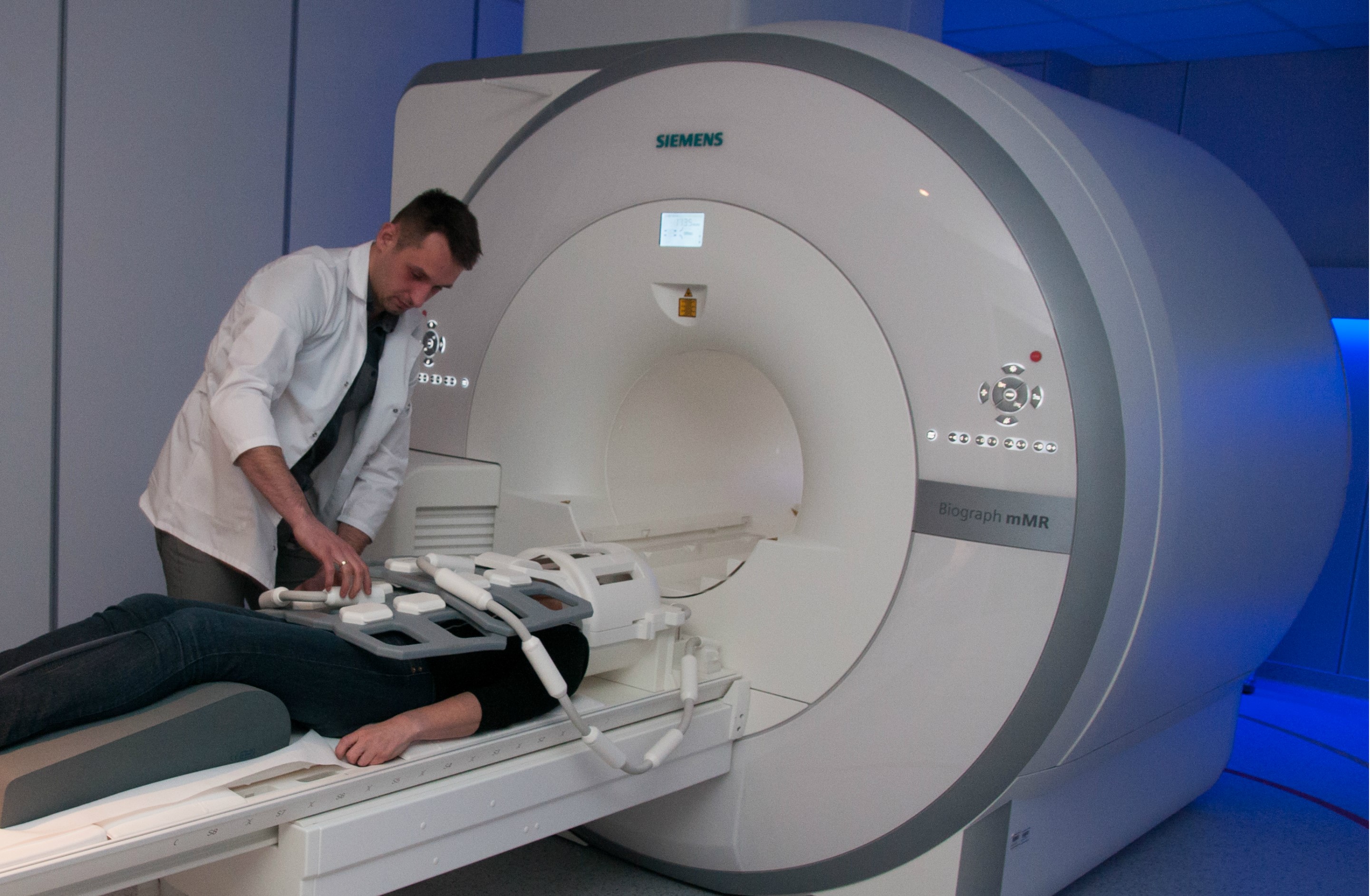 GLP certificates), Euroregional Centre of Pharmacy, Clinical Research Centre, Innovative Research Centre, Centre for Bioinformatics and Data Analysis, state-of-the-art clinical hospitals base, a Biobank, the Centre for Artificial Intelligence, the MUB Laboratory of Molecular Imaging and Technology Development.
GLP certificates), Euroregional Centre of Pharmacy, Clinical Research Centre, Innovative Research Centre, Centre for Bioinformatics and Data Analysis, state-of-the-art clinical hospitals base, a Biobank, the Centre for Artificial Intelligence, the MUB Laboratory of Molecular Imaging and Technology Development.The University's highly qualified academic staff (800 academic teachers, including 120 professors and 150 PhDs with habilitation) participate in widely available professional development programs, with study visits
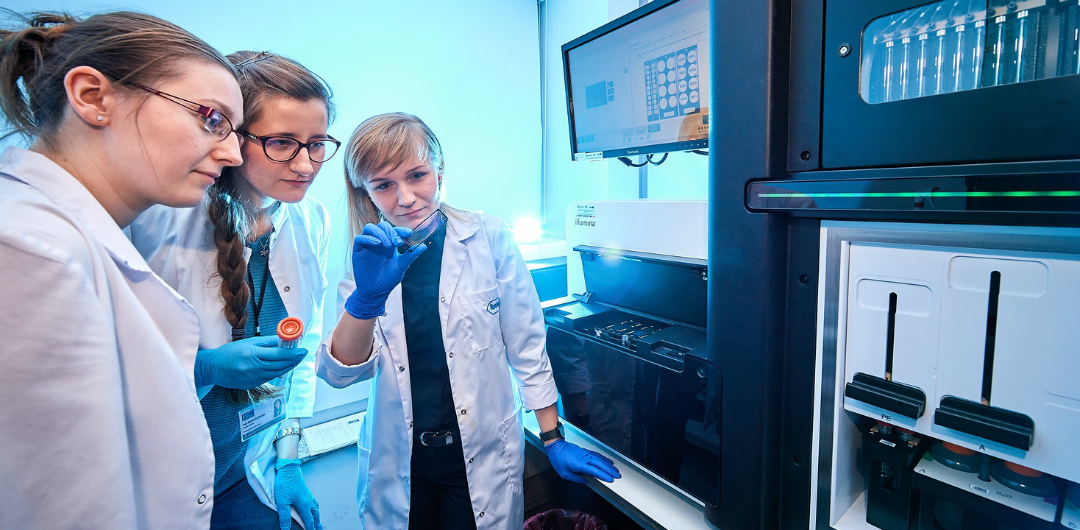 and training at the best research centres in the world. The University engages in close partnerships with international research centres, implementing joint scientific projects, hosting eminent professors and researchers from all over the world, for example from the Mayo Clinic, the National Institute of Health in Bethesda, Harvard Medical School, University of Pennsylvania, Universitätsmedizin Greifswald, Universidad CEU San Pablo, Madrid, China Agricultural University. About 25% of all publications developed at MUB are those produced through proactive international cooperation with foreign partners from leading research centres.
and training at the best research centres in the world. The University engages in close partnerships with international research centres, implementing joint scientific projects, hosting eminent professors and researchers from all over the world, for example from the Mayo Clinic, the National Institute of Health in Bethesda, Harvard Medical School, University of Pennsylvania, Universitätsmedizin Greifswald, Universidad CEU San Pablo, Madrid, China Agricultural University. About 25% of all publications developed at MUB are those produced through proactive international cooperation with foreign partners from leading research centres.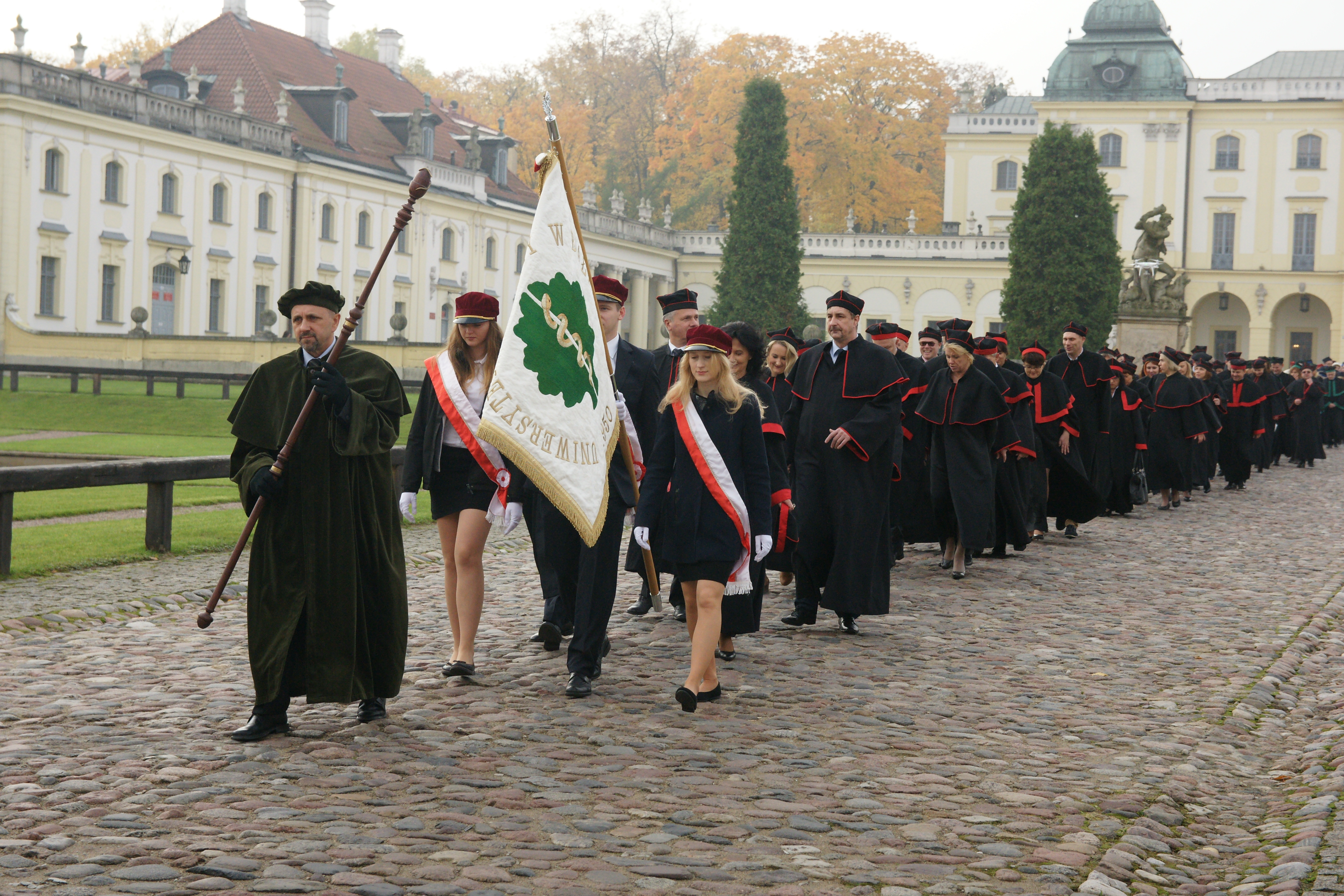
Researchers at the Medical University of Bialystok obtain patents and commercialize their scientific discoveries, and the University is open to cooperation with various businesses. Some of the latest MUB patents include: Medical Honey - a product based on propolis extract that delays the development of glioma; bee strengthening preparation produced by LOB under MUB license; artificial saliva; research on the extract from a fungus from the Bialowieza Forest, which may be useful in the future for the fight against colorectal cancer.
During 2012-2017, the University received the KNOW certificate and was recognized by the Government Minister of Science and Higher Education as the Leading National Research Centre.
 Opening International Interdisciplinary PhD Studies in the field of Biomedical Research and Biostatistics was a great success for MUB. Funding was provided by the European Commission within the framework of the prestigious European COFUND scheme: Marie Skłodowska-Curie Actions of the Horizon 2020 Framework Program. The project was also co-financed by the Ministry of Science and Higher Education. MUB is the only Polish university which received funding in the COFUND scheme as part of the prestigious Marie Skłodowska-Curie Actions.
Opening International Interdisciplinary PhD Studies in the field of Biomedical Research and Biostatistics was a great success for MUB. Funding was provided by the European Commission within the framework of the prestigious European COFUND scheme: Marie Skłodowska-Curie Actions of the Horizon 2020 Framework Program. The project was also co-financed by the Ministry of Science and Higher Education. MUB is the only Polish university which received funding in the COFUND scheme as part of the prestigious Marie Skłodowska-Curie Actions.In November 2018, the Minister of Science and Higher Education classified the Medical University of Bialystok among the top 20 of nearly 400, universities in the country. The School received financial support for the “Strategy of Excellence for the Medical University of Bialystok – the University of the Future"” project, which was a prelude to the awarding of the prestigious status of “University of Research”.
The University publishes two magazines, one included on the Philadelphia List - Advances in Medical Sciences (IF 2,064) and - Progress in Health Sciences.
 There are currently 5,200 students in the course of education in 15 fields of study, of whom nearly 400 people study in English. They come from 30 countries, including Norway, Sweden, the USA, Canada, Germany, Spain and Saudi Arabia. The educational offer of the University is constantly adapted to the needs of the job market. Our graduates receive top grades in their Medical Final Examinations and Medical-Dental Final Examinations, which is a proof of the high level of teaching they receive.
There are currently 5,200 students in the course of education in 15 fields of study, of whom nearly 400 people study in English. They come from 30 countries, including Norway, Sweden, the USA, Canada, Germany, Spain and Saudi Arabia. The educational offer of the University is constantly adapted to the needs of the job market. Our graduates receive top grades in their Medical Final Examinations and Medical-Dental Final Examinations, which is a proof of the high level of teaching they receive.

